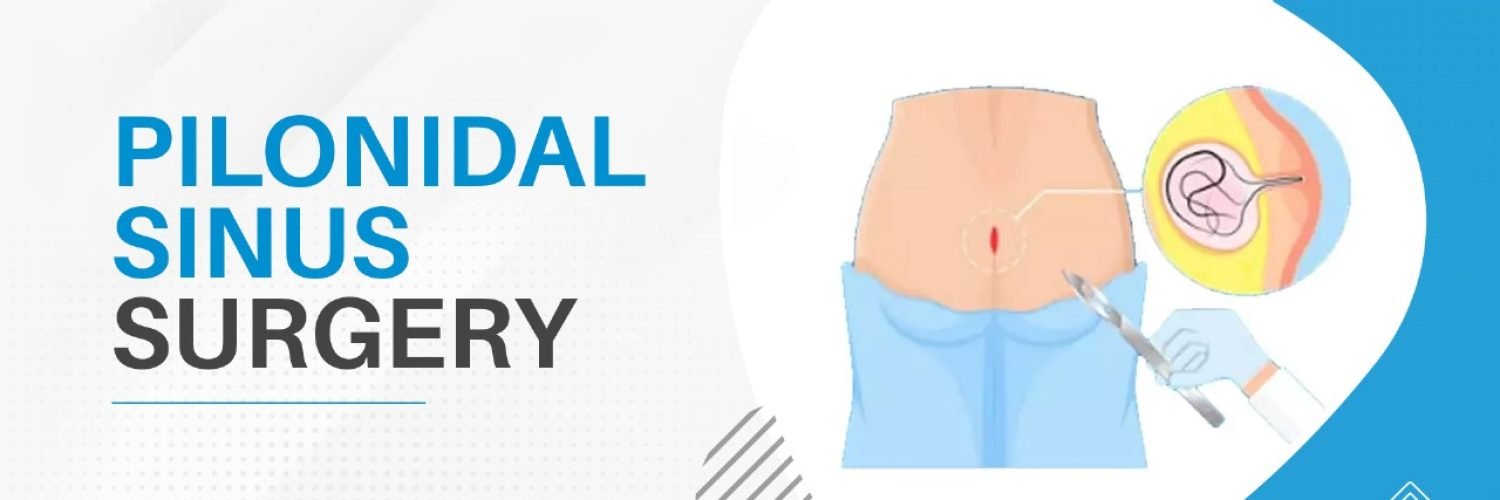- Abdominal Hernia Surgery in Dombivli
- Anal Fissure Laser Surgery in Dombivli
- Appendix Treatment in Dombivli
- Bariatric Surgery in Dombivli
- Best Laparoscopic Surgeon in Dombivli
- Blogs
- Cases Operated
- Colorectal Cancer Treatment in Dombivli
- Contact us
- Custom
- Dr Rahul Mahadar
- Dr. Dhanashree Mahadar
- Endoscopy Clinic in Dombivli
- Ent Surgeon in Dombivli
- Gall Bladder Cancer Surgery in Dombivli
- Gallbladder Stone Treatment in Dombivli
- Gastrointestinal Surgeon in Dombivli
- Hernia Surgeon in Dombivli
- Home
- How to Choose the Right Gastroenterologist Near You
- Laser Fistula Surgery in Dombivli
- Laser Piles Surgeon in Dombivli
- Pancreatic Cancer Treatment in Dombivli
- Services
- Specialities
- Stomach Cancer Treatment in Dombivli
- Testimonials
- Video


Pilonidal Sinus Surgery
Pilonidal Sinus (also known as Pilonidal Cyst or Sacrococcygeal Fistula) is a condition that occurs in the natal cleft, the cleft between the buttocks, just above the coccyx (tailbone). It typically presents as a small dimple or pit in the skin, which may become infected and form an abscess. Pilonidal sinuses are more common in young adult males and are thought to be caused by ingrown hairs, leading to inflammation and the formation of a cyst or sinus tract.
Why Surgery is Needed for Pilonidal Sinus
Surgery is often necessary for pilonidal sinus when conservative treatments such as antibiotics and draining of abscesses fail to provide long-term relief. The main goals of surgery are to remove the infected tissues, drain any abscesses, and close the wound to prevent recurrence. Without surgical intervention, pilonidal sinuses can become chronic, recurrent, and lead to complications such as chronic infection, formation of multiple sinuses, and severe pain.
Types of Pilonidal Sinus Surgery-
Incision and Drainage (I&D)
This is a minimally invasive procedure performed under local anesthesia. The surgeon makes an incision to drain the abscess and remove any infected tissue. While this procedure provides temporary relief, it may not prevent recurrence.
Excision with Primary Closure
In this procedure, the entire sinus tract and surrounding infected tissue are surgically removed, and the wound is closed with sutures. This method aims to prevent recurrence by removing the source of infection and promoting wound healing.
Limb Flap Closure
Limb flap closure involves using adjacent healthy tissue to cover the wound created after excising the sinus tract. This technique may reduce the risk of wound breakdown and recurrence compared to primary closure.
Marsupialization
Marsupialization involves creating an opening in the sinus tract and stitching the edges of the wound to the surrounding skin, allowing the wound to heal from the inside out. This method is typically reserved for complex or recurrent cases.
Bascom's Procedure
Bascom’s procedure, also known as Cleft Lift Surgery, involves excising the sinus tract and surrounding tissue and reconstructing the natal cleft to reduce the risk of recurrence. This technique is favored for its lower recurrence rates and shorter recovery time compared to traditional excisional methods.
Surgical Procedure
The specific surgical approach depends on factors such as the severity of the condition, the presence of abscesses, and the surgeon’s preference. Generally, the procedure involves the following steps-
- Anesthesia: The patient is usually given either local anesthesia (numbing the area) or general anesthesia (rendering the patient unconscious) depending on the extent of the surgery and patient preference.
- Incision: The surgeon makes an incision over the pilonidal sinus to expose the sinus tract and any associated abscesses.
- Excision: The sinus tract, along with any infected tissue, is carefully excised to remove the source of infection.
- Closure: Depending on the type of surgery, the wound may be closed with sutures (primary closure), covered with adjacent healthy tissue (limb flap closure), or left open to heal gradually (marsupialization).
- Dressing: The surgical site is dressed with sterile bandages to promote healing and prevent infection.
- Postoperative Care: After surgery, patients are typically instructed to keep the surgical site clean and dry, avoid sitting for prolonged periods, and follow any specific postoperative instructions provided by their surgeon.
Recovery
Recovery from pilonidal sinus surgery varies depending on the type and extent of the procedure performed. In general, patients may experience discomfort and swelling at the surgical site, which can be managed with pain medication and proper wound care. Most patients can return to normal activities within a few weeks, although strenuous activities and sitting for long periods may need to be avoided during the initial healing phase. Follow-up appointments with the surgeon are usually scheduled to monitor the healing process and address any concerns.
Pilonidal Sinus Surgery is often necessary to treat recurrent or complicated cases of pilonidal sinus disease. The surgical approach may vary, but the goal is to remove the sinus tract and infected tissue while minimizing the risk of recurrence. With proper surgical technique and postoperative care, the majority of patients can achieve complete healing and resolution of symptoms.

